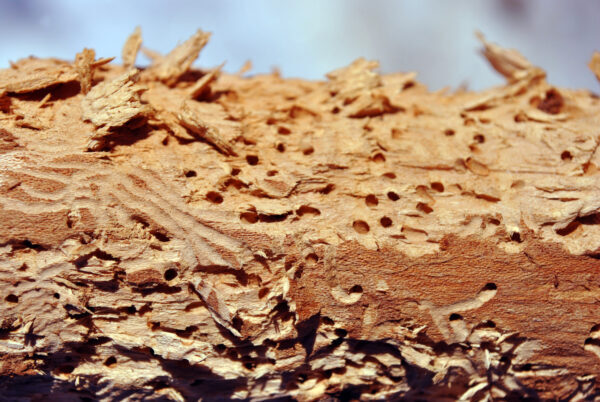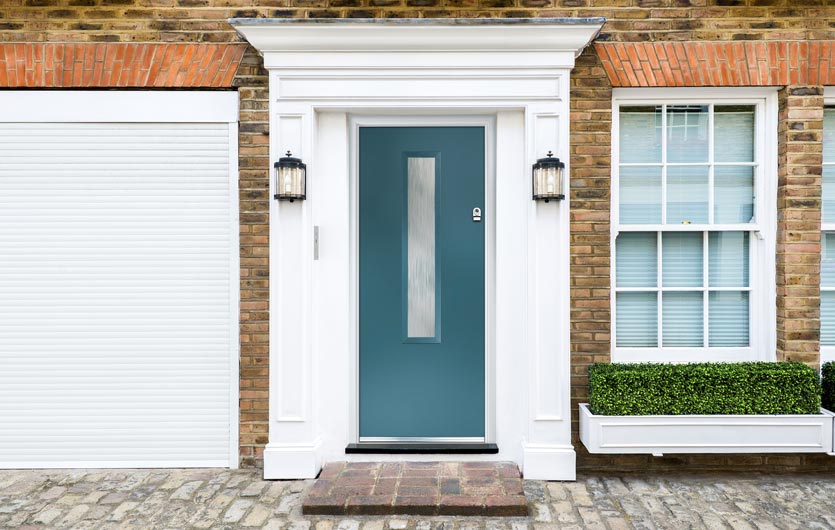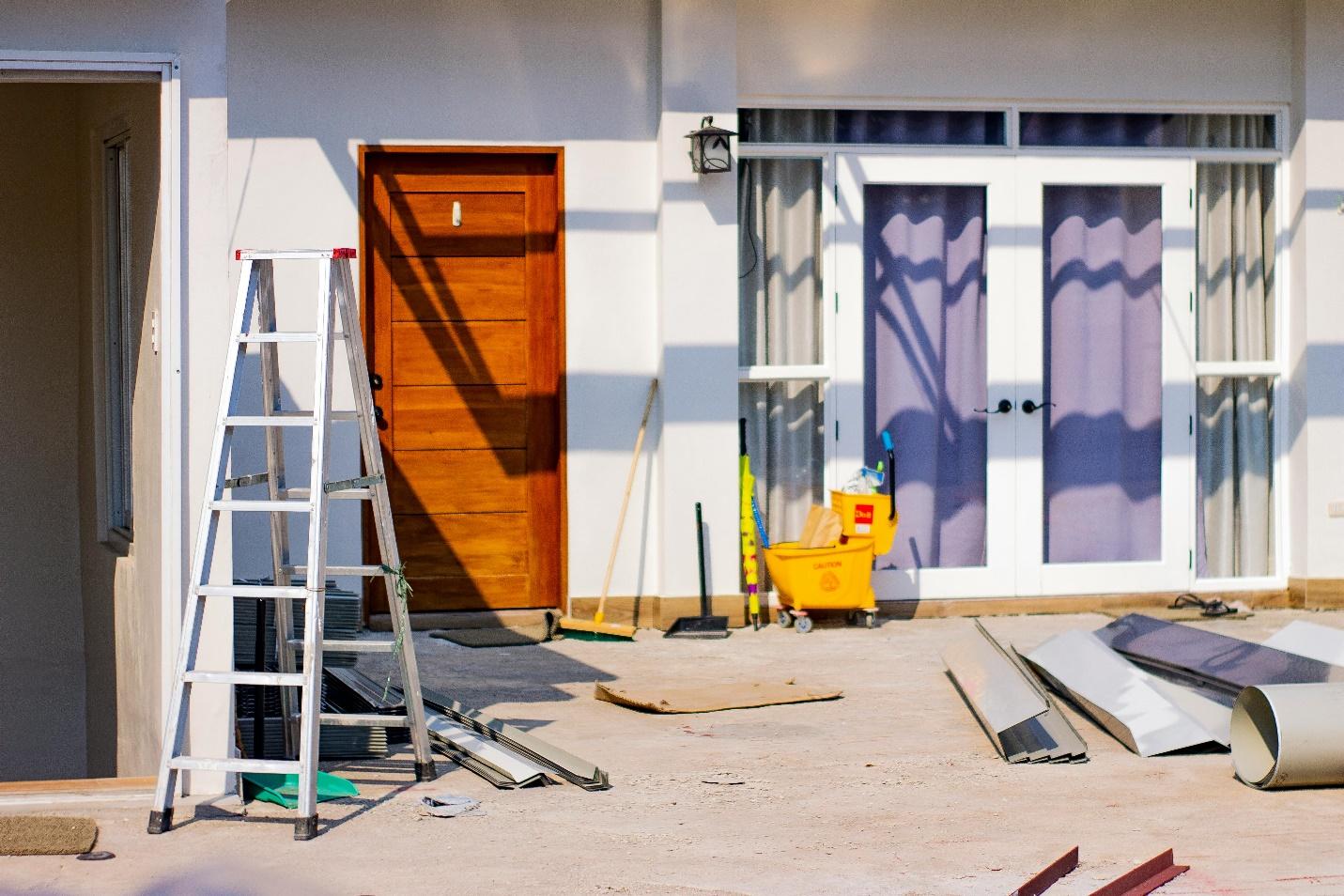Property owners in the US spend about $1 billion a year on termite control and damage repairs. Worse, all that money goes toward fighting the Formosan subterranean termite alone.
The thing is, the Formosan subterranean is just one of the thousands of termite species. There are over 2,300 known species worldwide, 44 of which are in the US.
So, what is a termite exactly, and how can such an insect deal so much damage? How do you even tell they’ve invaded your home?
We’ll get to the bottom of those questions in this guide, so be sure to keep reading!
What Is a Termite?
A termite is an insect that belongs to the order of social insects called Isoptera. Termites are voracious eaters, constantly feeding on cellulose.
Some people call termites white ants, as they look like that, but the two aren’t closely related. In fact, their closest relative is the cockroach.
In the US, common types include dampwood, drywood, Formosan, and subterranean termites. Their appearance and habitats set them apart, but they all eat wood and plant-based stuff. That includes wallpaper, boxes, fabrics, and even some types of plastic.
All four termite types have six legs, jointed body parts, antennas, and can sprout wings, too. They do vary in size, but usually no more than an inch long. Their bodies are light brown, with the Formosan termite featuring a creamy-brown tinge.
How Do You Tell You Have a Termite Infestation?
Termites are silent destroyers because they feed within a food source. More than that, they can invade a home undetected through wood-to-soil movement. In addition, most termites live and move underground or within wood materials.
That way of living is one of the biggest reasons termites can leave so much damage in their wake. Still, there are ways to detect them, so be on the lookout for the following signs of termites.
- Mud Tubes
Termites need moisture because, without it, they will die of desiccation. For this reason, these insects create mud tubes where they can travel and remain hydrated.
Mud tubes look like thin, raised trails of soil. You may find them on exterior walls, your home’s foundation, or behind baseboards. You may also see a few on windowsills, basements, and other moist areas, like the bathroom or laundry room.
- Problematic Windows and Doors
Termites change the structure of the material they feed on. If they feed on the wooden parts of your doors and windows, these structures can warp. If this happens, you may find it hard to open, close, or lock the termite-eaten doors and windows.
- Squeaky or Hollow-Sounding Wood
These are some of the worst termite signs, as this can mean long-term colony establishment. For instance, creaky and squeaky floors can indicate warped components. On the other hand, hollow-sounding floors or walls can indicate a loss of interior mass.
If your house now makes all those noises, it’s best to schedule a pest inspection right away. That’s because your home’s structure may already be unstable, and thus, dangerous.
Besides, professional pest treatment is the most effective way to get rid of termites. This includes the use of commercial-grade termiticides and federally-approved chemicals. Pest control pros also incorporate baits and natural methods to eliminate termites.
Eliminate Termites Before They Eat Your House Away
There you have it, the guide that answers the questions, “what is a termite and what are the signs of an infestation?” Now, you know that these light-colored, ant-like insects form mud tubes and eat wood. You’re now also aware that they cost billions of dollars in damages and losses each year.
So, as soon as you notice termite signs, pick up the phone and call a pest control specialist.
Ready for more useful home, health, or even lifestyle guides? Then feel free to have a look at our other recent blog posts!


















